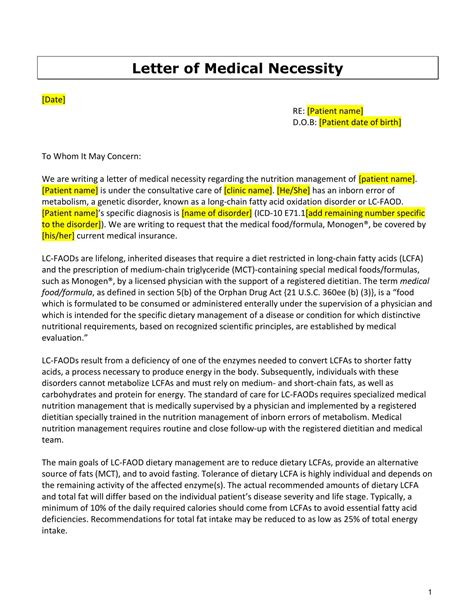The Rise of AI-Enhanced Oversight in Cryptocurrency Compliance: A Critical Imperative
The cryptocurrency market is evolving rapidly, with new players entering the market and existing players adapting to changing regulations. As a result, compliance has become an increasingly important aspect of running a successful cryptocurrency business. Artificial intelligence (AI) can play a significant role in monitoring and ensuring compliance with regulatory requirements.
The Challenges of Traditional Compliance
Traditional compliance methods involve manual processes, such as audits and inspections, that are time-consuming and prone to human error. These methods also leave room for loopholes and weaknesses that can be exploited by malicious actors. Additionally, the increasing complexity of cryptocurrency regulations means that compliance professionals must stay up to date with evolving laws and regulations.
The Benefits of AI-Enhanced Monitoring
AI-enhanced monitoring offers several advantages over traditional compliance methods:
- Improved Accuracy: AI algorithms can analyze vast amounts of data, such as transaction patterns and user behavior, to detect anomalies and deviations from regulatory requirements.
- Reduced Risk: By detecting potential risks early, AI-enhanced monitoring can help prevent illicit activities, such as money laundering and terrorist financing.
- Increased Efficiency: Automated monitoring systems can automate routine tasks, allowing compliance professionals to focus on high-level decision-making and strategic planning.
The Role of Machine Learning in Cryptocurrency Compliance
Machine learning (ML) is a key component of AI-enhanced surveillance, allowing algorithms to learn from data and improve their performance over time. Some of the ML techniques used in cryptocurrency compliance include:
- Anomaly Detection

: Identifying unusual patterns or transactions that may indicate illicit activity.
- Predictive Modeling: Predicting potential risks based on historical data and user behavior.
- Supervised Learning: Training AI algorithms to recognize specific regulatory requirements and patterns.
Real-World Applications of AI in Cryptocurrency Compliance
The use of AI-enhanced surveillance is already being implemented by a variety of crypto companies, including:
- Blockchain analytics providers, such as Chainalysis, which offer AI-based surveillance solutions for cryptocurrency transactions.
- Financial institutions, such as Fidelity Investments, which use ML algorithms to detect potential risks and anomalies in customer data.
- Regulatory authorities
, such as the U.S. Securities and Exchange Commission (SEC), which are exploring the use of AI-enhanced surveillance to improve compliance.
The Future of Cryptocurrency Compliance
As the cryptocurrency market continues to grow and evolve, it is likely that AI-enhanced surveillance will play an increasingly important role in ensuring compliance with regulatory requirements. The benefits of improved accuracy, reduced risk, and increased efficiency make AI a critical component of any successful cryptocurrency business.
However, implementing AI-enhanced monitoring also comes with potential risks, including:
- Data bias: AI algorithms can perpetuate existing biases if trained on biased data.
- Explainability: Using ML algorithms can make it difficult to understand why a particular outcome is generated.
Conclusion
AI-enhanced monitoring is a critical imperative for cryptocurrency compliance, enabling businesses to detect potential risks and deviations from regulatory requirements with greater accuracy and efficiency. As the cryptocurrency market continues to evolve, it is critical that businesses prioritize compliance and invest in AI-enhanced monitoring solutions to stay ahead of the competition.
Leave a Reply